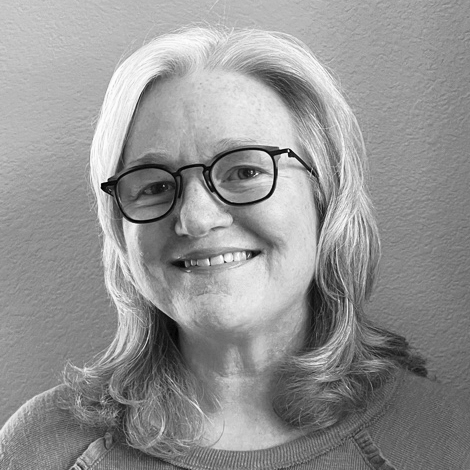Well-Being At Home
Some Call It 'Soft Infrastructure,' ... Some Know It Can Save Lives
Like the more commonly understood benefits of building walkable neighborhoods to encourage physical activity, building spaces and places that encourage social connection is much more critical to health outcomes than their designation as “soft infrastructure” may suggest
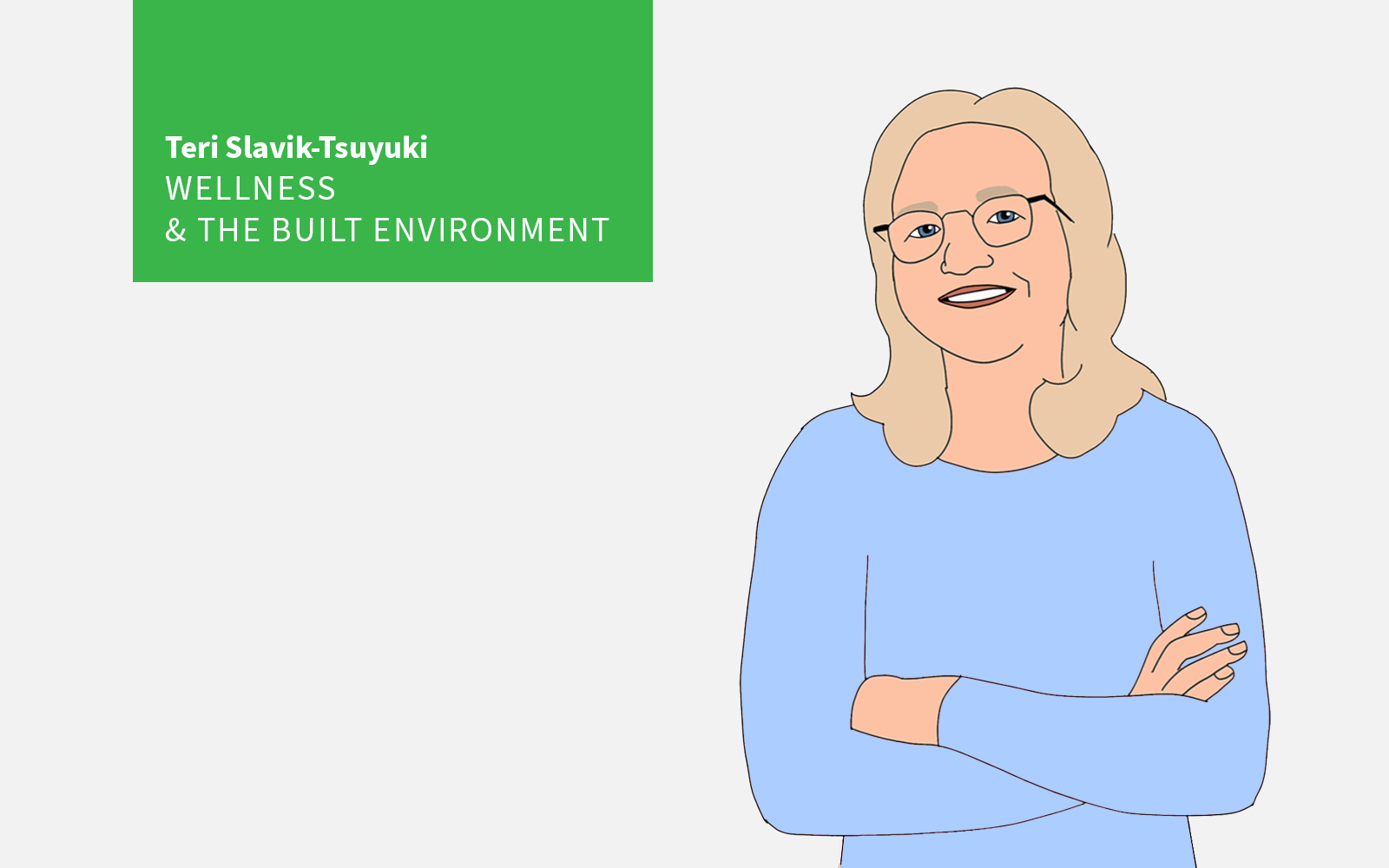
Neighbors and friends who watch out for you vs. nameless people who don’t say hello. Healthy relationships vs. loneliness. Community connections vs. social isolation. Most of us would choose the former over the latter any day. And we may not realize that social well-being is literally a matter of life and death – and one that can be positively impacted by how we develop homes and communities.
A study led by Dr. Julianne Holt-Lunstad of Brigham Young University found that loneliness is as lethal as smoking a pack of cigarettes a day. It was based on an analysis of more than 300,000 people, tracking their health over seven and a half years, revealing that having the support of friends, family and neighbors can increase your chances of living to a healthy old age by 50%. Like the more commonly understood benefits of building walkable neighborhoods to encourage physical activity, building spaces and places that encourage social connection is much more critical to health outcomes than their designation as “soft infrastructure” may suggest.
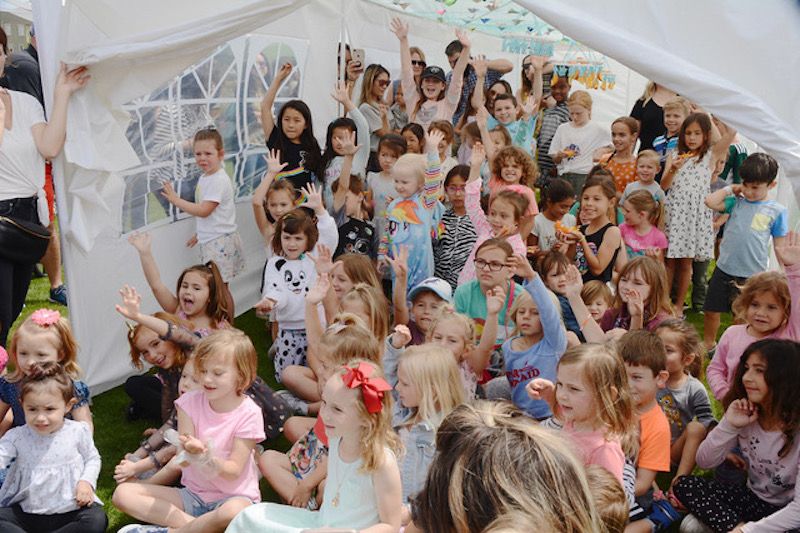
We build homes and communities for people. Places where they live and experience their lives. In her book, Brave New Home: Our Future is Smarter, Simpler, Happier Housing, author Diana Lind, Director of Communications for the Penn Institute for Urban Research lays out how demographics, our daily life and preferences have changed:
Marriage rates overall have dipped to their lowest levels since recording began in 1867, at just 6.5 marriages per one thousand people. Today’s average family size is 3.14 people, including children, and only 35 percent of home buyers have children under eighteen in the home. Some 28 percent of Americans are now living alone. Average life expectancy is near seventy-nine, having gained a decade in the past 50 years.”
We’re living longer and lonelier, and that’s just the demographics. Americans’ daily life and lifestyle preferences have changed too, becoming more virtual, more mobile, and less stable, leading to rootless digital nomadism and hybrid work from anywhere. If that’s the case for why social wellbeing deserves greater focus, there are shining examples in both product design and programming that rise to the challenge.
Monica Hollins, who launched Outside the Box Consulting at the end of 2022 after 20 years working with developers like Freehold Communities and community management company, CCMC makes the connection between the physical and social this way:
If we are building the physical community and infrastructure, then our duty is to make sure the “community” within the community lives, and the social elements connect on a larger scale. The people who live here go out and touch others.”
It Starts with the Land Plan
There is huge significance in the small, seemingly simple aspects of the everyday environment that influence behavior and contribute to or detract from social well-being. Designing and developing a community is like SIM City and it’s very difficult to see what 50, 300, 1,000 acres or more will feel like at the scale people will experience it. But we live locally, not at the 30,000-foot plan level.
Every decision planners, designers, and engineers make support local living and social connection. All the pieces that fit together – from the road networks that consider topography, hydrology, existing road connectivity, to the conventionally expected larger lot sizes which may really be more than what buyers want, to the attention paid to the spaces in between buildings and among different land uses to encourage casual connections – combine to create a community. Thinking about the land plan through the lens of social well-being is as important in the smallest urban infill opportunity to the largest master-planned community.
Architect and author of Missing Middle Housing, Dan Parolek, shares how his team at Opticos Design Inc, used this lens as a filter for all their thinking in planning Culdesac in Tempe, AZ – the first car-free and shared mobility neighborhood in the nation.
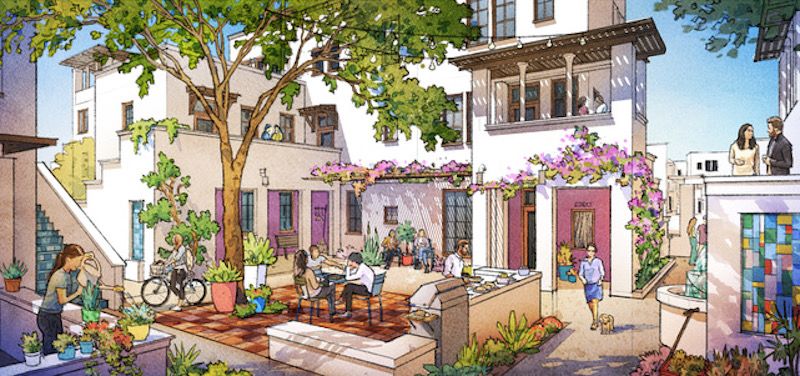
Social connectivity was a big driver in the design of Culdesac. We created a hierarchy of public spaces with small, medium, and large courtyards in each block, and built the product around them. The small ones are intimate and will be activated by the homes that face them. The larger ones all have seating, shade, and outdoor grills. Every unit has direct access to a courtyard, there are no internal corridors in the buildings, everyone gets a front door.”
Culdesac presented a unique design opportunity for sure. But for every community creator at any scale, how might we design places that encourage people to develop and maintain social connections, beyond building clubhouses and other hard amenities? It starts with the land plan, which is too often constrained by designing for home product that met lifestyle needs of yesteryear and separates the energy that could result if mixed-use and residential land uses co-existed, creating places for people to spend time together.
Homes That Support Social Connection from the Outside-in
Think about the home from the outside-in first. The America at Home Study conducted in November 2022 found that 20% more potential homebuyers are willing to accept a home with a smaller yard than was the case when the exact same question was asked in October 2020. That 20% shift in just two years means 62% of potential buyers who are renting today will accept a home on a smaller lot.
There’s been a movement afoot for years to provide more attainable homes, and smaller lots will help that. They will also increase the potential for social connections and loosen up land plans for the important “both/and” of private and public space like the kind that supports Friday night happy hours on the mews or front porch visits with neighbors. I lived in a large home on a large lot for 14 years and never knew my next-door neighbor’s name. Was it Denise or Louise?
The physical relationship between homes within the community itself has the potential to create stronger social connections and a better, healthier life. Todd Hornbeck is a Shareholder and Chief Advancement Officer at Cohere (formerly DMB Community Life), with the bold vision to bring the life-changing power of community to the world. He and his team leverage the third P in people, place, and programming through community association management and the cultivation of relationships and community engagement that recognize, in his words:
Communities are places to be, not just live.”
The Third “P” in People, Place and Programming
Todd has been involved in some of the nation’s most loved master planned communities including Verrado, Eastmark, Kissing Tree, Ladera Ranch, and soon to be Disney’s Cotino in Rancho Mirage. He’s seen many cycles and done his fair share of case making for the investment in people and programming over the years.
When asked about any shifts in the conversations he’s having with developers since COVID he says:
There are definite impacts on amenities with a lot more acceptance of outdoor amenities, outdoor technology and an appreciation for what it means for our ability to convene and connect, even in the face of adversity.” Is all this still merely a line item in a budget seen as soft infrastructure, a target for cost reduction in challenging times? He thinks not, “Our time has finally come, the jury is no longer out. Stronger social connections have a direct effect on your health, how long you live, your family bonds.”
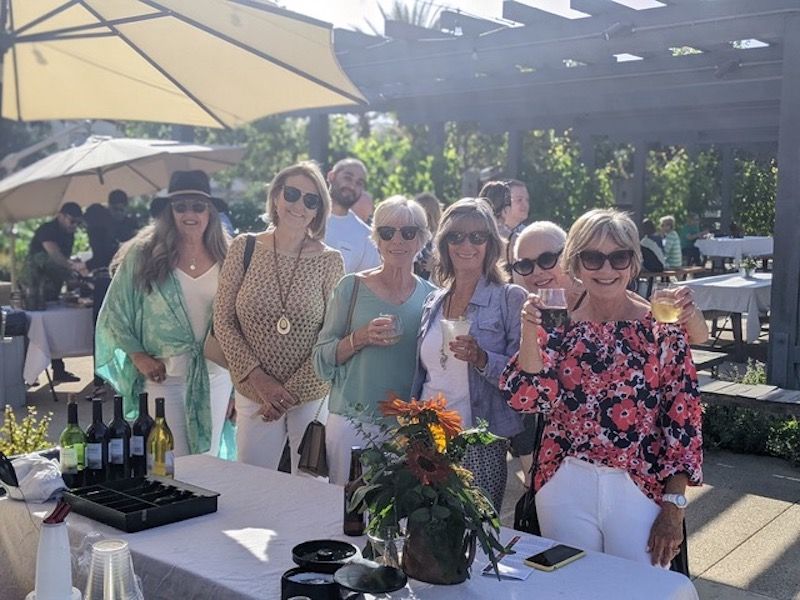
Metrics and measurement will always win in the world of real estate, and few are better at this than the team at Rancho Mission Viejo, developed and activated by the same team behind Ladera Ranch. They track resident sentiment and mobility, benefitting year after year from significant numbers of Ladera Ranch residents moving to new neighborhoods in Rancho Mission Viejo, seeking the social connections they love in a new-home community. On the 2021 annual resident survey, 83% of residents said living in Rancho Mission Viejo supported their wellbeing. This quote from a resident says it best:
After 28 years in my former community, I never felt a part of anything. Due to all the social opportunities here, I feel connected to the community.”
That is the definition of social well-being. And it takes an intentional focus on the role of community in combating loneliness and isolation, from the land plan to the relationships between the homes and the cultivation of connections between the people who live there.
Since 1873, Kohler Co. has been improving the level of gracious living by providing exceptional products and services for our customers’ homes and their lifestyles.
MORE IN Well-Being At Home
TBD Case: Here Is A Build-To- Rent Wellness Community Model
A look at how Zeal for Living aims to boost the health and well-being of renters.
A Look Back To Move Forward As Partners In Environmental Wellness
It’s our job now to stay close with our customers, and to collaborate. To create great places -- good for people and the planet -- we need to break down barriers against adopting an innovation by focusing on its value to our customers and the cost – and value – to our businesses.
Civic Well-Being: The New Rules Of Engagement In Placemaking
The spaces and places we create in the form of new home communities, smaller scale infill neighborhoods, or multi-family and mixed-use communities stand as blank canvases on and in which civic connections occur.

